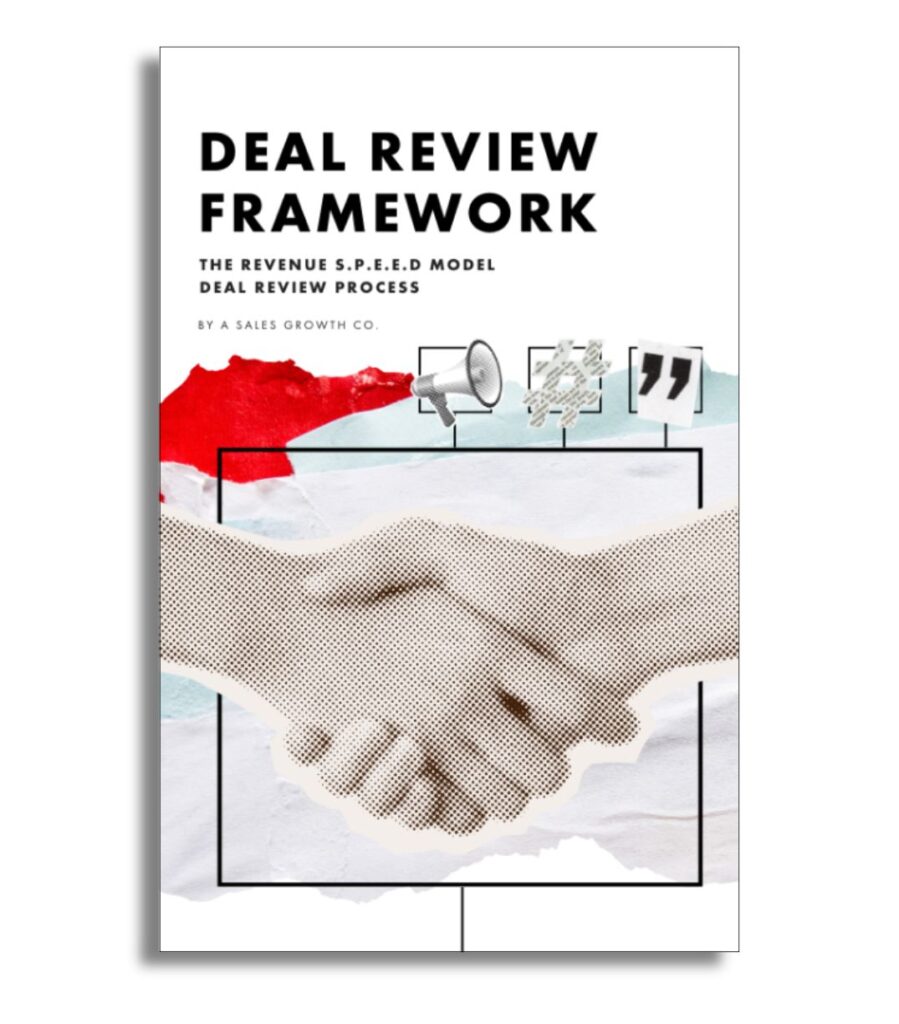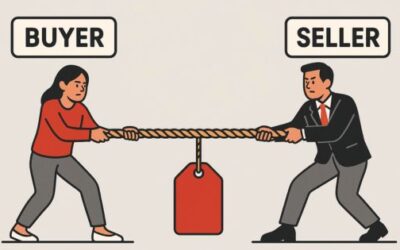Reinforcement is the most overlooked step in sales training. It determines whether new skills are applied or forgotten. Without daily inspection and reinforcement, reps return to old habits and pipeline execution remains unchanged (Studies have found that highly effective sales teams are 4.8 times more likely to provide ongoing reinforcement training).
Sales leaders need to see proof that training is driving performance. Reinforcement gives them a way to connect skill development to real pipeline movement and confirm that the investment is paying off.
This article outlines five ways to reinforce training in live selling environments. Each tactic is designed to help enablement leaders and sales managers translate training into measurable field performance. The focus is on operational methods that drive consistent execution and improve core sales metrics.
Key Takeaways
- Sales training requires daily reinforcement to drive lasting behavior change
- Deal reviews should inspect discovery, qualification, and buyer alignment
- Call coaching must confirm both soft skills and validated qualification data
- Pipeline stages should only advance with buyer-confirmed exit criteria
- Microtraining reinforces specific skills using real opportunities
- Performance metrics confirm whether trained behaviors are present in active deals
1. Use Deal Reviews to Inspect Skill Application
Deal reviews should focus on execution. Managers need to assess how reps are applying trained skills to active opportunities. This includes checking whether discovery is complete, qualification is accurate, and next steps are based on buyer input.
To assess discovery, managers should look for:
- A clearly defined business problem confirmed by the buyer
- Root cause identified through targeted questioning
- Quantified impact or cost of inaction
- Buyer-stated outcomes or desired future state
To evaluate qualification, confirm:
- The prospect matches the ideal customer profile (ICP)
- A real business problem has been uncovered
- The buyer acknowledges the problem and its impact
- Your solution can address the root cause
- The buyer is willing to engage in solving the problem
Managers should reference these criteria directly and ask reps to provide supporting evidence from their notes or CRM. Consistent inspection reinforces the importance of applying training in real deals and helps prevent unqualified opportunities from moving forward.
2. Coach Sales Calls Using Defined Criteria
Call reviews provide visibility into how reps apply trained skills in live buyer conversations. Reviews should follow a structured checklist tied to the sales methodology and aligned to specific training outcomes.
Review for Qualification Data
Assess whether the rep uncovered the core information required to validate the opportunity:
- At least one buyer-confirmed problem that your solution addresses
- Quantified impact of the problem using buyer-provided details
- Root cause identified and tied to something your product can fix
- Buyer-verified motivation to solve the issue and urgency to act
Managers should listen for direct confirmation of these elements. If any inputs are missing or assumed, the opportunity should be flagged for additional discovery.
Review for Soft Skills
Assess the rep’s ability to run a high-quality discovery conversation:
- Use of targeted, open-ended questions
- Evidence of active listening
- Logical follow-up based on buyer responses
- Pacing, tone, and clarity throughout the call
Managers should time-stamp feedback and provide specific examples from the conversation. Consistent coaching on both content and delivery helps reps improve accuracy and confidence during live calls. For teams looking to scale this effort, establishing a repeatable coaching cadence across the team ensures these reviews happen consistently and stay aligned to training objectives.
3. Reinforce Stage Progression with Inspection Standards
Pipeline stages should reflect buyer-confirmed information. Each stage should include defined criteria that confirm whether the opportunity is ready to move forward.
Use documented exit criteria such as:
- A scheduled next step confirmed by the buyer
- Completion of required fields in the CRM
- Deal notes or recordings reviewed by a manager
- A quantified cost of inaction that exceeds the cost to solve the problem
- Buyer-stated urgency and intent to move forward
Managers should inspect deals before stage progression occurs. This maintains consistency across the team and keeps the pipeline focused on real opportunities.
Scorecards and CRM checklists can help standardize this process and make inspection easier to manage.
4. Deliver Microtraining on Specific Selling Behaviors
Short, focused sessions help reinforce key behaviors reps need to execute in live deals. These sessions should be built around tactical skills and tied to current pipeline activity.
Choose one topic per session. Examples include:
- Getting to the problem environment faster in discovery
- Asking follow-up questions that surface root causes
- Quantifying impact without leading the buyer
- Validating urgency and confirming cost of inaction
- Improving clarity when documenting next steps
Use real deals to illustrate each concept. Ask reps to share examples from their own pipeline, and show where the skill is present or missing.
Sessions should be 15 to 20 minutes, with a single focus. Consistency and repetition are more important than depth. These sessions help keep training active and reinforce the expectation that key skills must show up in the work.
5. Track Reinforcement Through Sales Performance Metrics
Training reinforcement must produce measurable results. Managers and enablement leaders should monitor performance data to determine whether trained skills are being applied effectively in the field.
Focus on core metrics that reflect execution:
- Win rate by rep and team
- Stage-to-stage conversion rates
- Average deal size
- Sales cycle length
- Quota attainment over time
Review performance monthly and compare it to certification status, deal review outcomes, and coaching activity. This helps confirm whether reinforcement is consistent and whether it is driving real behavior change.
If trained skills are present in the pipeline, these metrics should trend upward. If they remain flat, additional inspection or manager coaching may be required.
Conclusion
Reinforcement ensures that sales training is reflected in execution. Without consistent inspection, coaching, and performance tracking, training becomes a one-time event with no lasting impact.
These five methods provide a clear framework for turning training into repeatable behavior. Deal reviews, call coaching, pipeline inspection, microtraining, and performance measurement are the daily tools sales leaders and enablement teams can use to build a high-performing sales organization.
Operationalizing these steps turns training from content delivery into measurable execution.



0 Comments